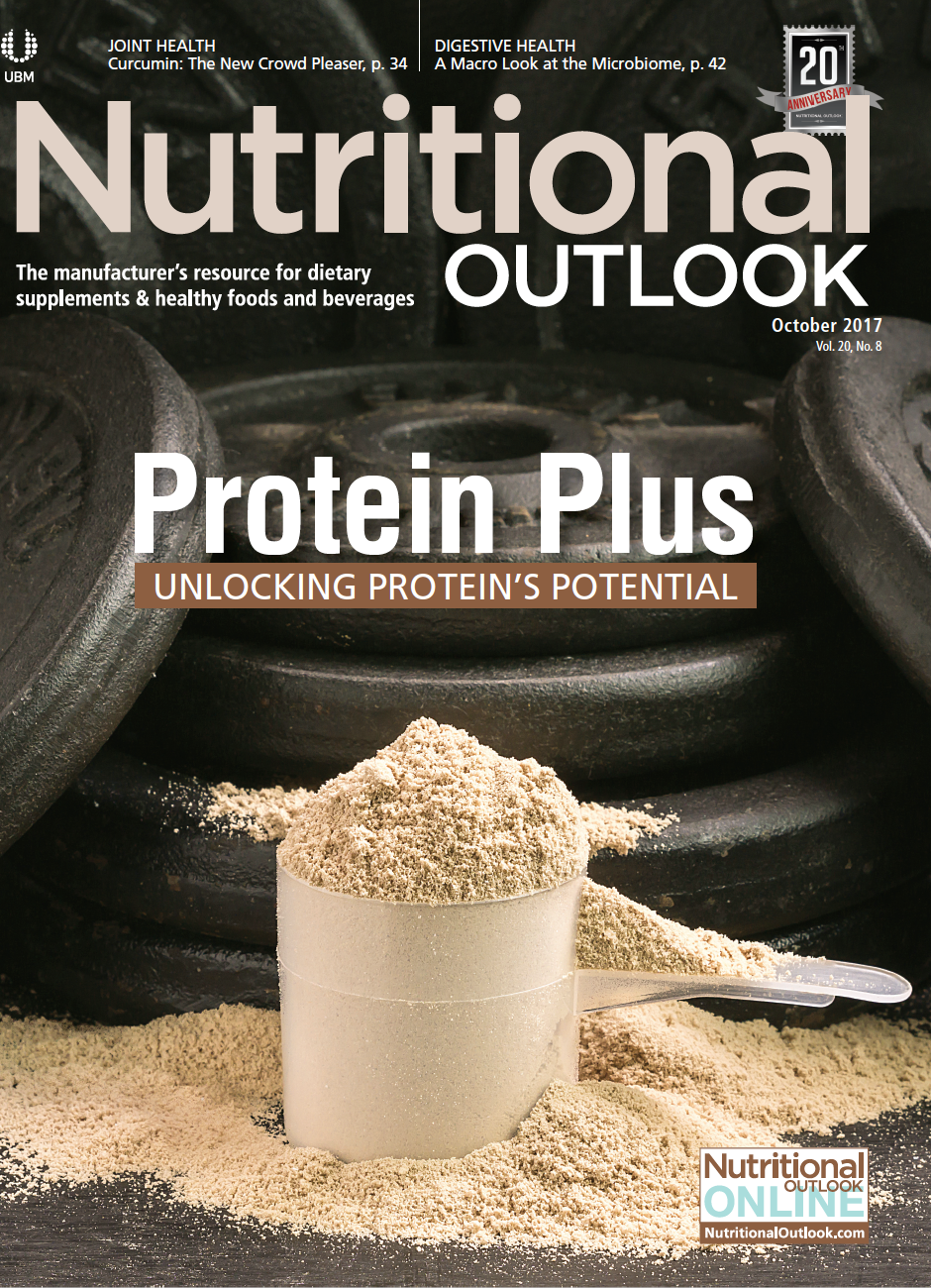At Capsugel’s Quality Summit, Experts Focus on the Way Forward for Dietary Supplement Quality Control
Quality assurance, compliance, risk management, and best practices were on the minds of 80 quality professionals who convened at the Capsugel Quality Summit in late August.
Photo © Shutterstock.com/nerosu

By Missy Lowery; Capsugel, a Lonza Company
Quality assurance, compliance, risk management, and best practices were on the minds of 80 quality professionals who convened at the Capsugel Quality Summit in late August. The purpose of the meeting was to highlight shared industry challenges, identify alternative approaches through intercompany discussion, and to feature best practices that could be adopted for world-class programs.
Speakers at the event included Michael Lelah, PhD, chief research scientist for Dr. Mercola; Dave Schoneker, director of global regulatory affairs for Colorcon; Larisa Pavlick, vice president of global regulatory and compliance for the United Natural Products Alliance (UNPA); Aaron Secrist, director of quality and R&D for Now Foods; Tim Murray, senior manager of quality assurance for Gaia Herbs; Andy Roche, continuous improvement expert consultant; Tony Nguyen, senior director, Covance Food Solutions; and John Davidson, director of supply chain and quality engineering services, Capsugel, now a Lonza company.
Risk Management: A Coordinated Approach
Andy Roche, a continuous improvement expert consultant, spoke about how risk management is now part of quality control for both health & nutrition and pharmaceutical manufacturing. Both require formal risk-management programs and risk-based thinking.
Roche challenged the group to think of risk management as a coordinated effort. This paradigm shift, according to Roche, should involve anticipating and looking for negative events, as well as assessing and prioritizing risk (monitoring the probability and impact of both opportunities and negative events). He recommended starting with the highest-risk issues (the top 20%) and evaluating each for pluses and minuses. For instance, he said, quality-assessment tools were used to solve a downtime issue for one company, leading the company to realize that the root cause of the problem was cotton insert sizes in packaging, not machine adjustments. Making the change to the cotton inserts doubled the firm’s output. In addition, he stressed, every audit should involve the entire organization because the solutions are generated by all, not just one department.
Quality Control in Testing
Another speaker, Tony Nguyen of Covance Food Solutions, provided an overview of the quality-control challenges in testing. Nguyen pointed out that problems with ingredient samples that are out of specification may actually have more to do with basic business practices. Better supply chain management practices are key to solving common analytical testing problems or objections, Nguyen said. Moveover, he said, fraudulent laboratory practices such as “dry labbing,” where no testing is done but paperwork is still forwarded on, are the result of a supply chain that may have been hijacked by poor purchasing practices. The way to avoid “testing into compliance” is using a stringent vendor-qualification process for ingredients, excipients, and testing laboratories, where the analytical test-method selection would be a part of qualification. Well-crafted supply and quality agreements, as well as an agreement that the analytical test methods should be done in advance and agreed upon by both parties, are key to success.
FSMA in Action
FDA’s Food Safety Modernization Act (FSMA) with Preventative Controls for Human Food (PCHF) and Foreign Supplier Verification Programs (FSVP) was fully implemented last month for all but the smallest of dietary supplement manufacturers. Larisa Pavlick, vice president of global regulatory and compliance for the United Natural Products Alliance (UNPA), spoke about how these new regulations require Food Safety Plans, in addition to GMPs and other prerequisite programs. Under FSMA, dietary ingredients are now subject to requirements such as hazard analysis and risk-based preventative controls.
The Preventive Controls rules also created a new term: a Preventive Controls Qualified Individual (PCQI), defined as a “qualified individual” who has trained in risk-based preventive controls and who is in charge of developing a facility’s food safety system. All companies are now required to have additional, specific PCQI training for the individual managing the food safety system. Pavlick reported that many companies have instituted training for staff and that UNPA is assisting by offering a wide range of public and onsite trainings.
Good Management Practices
What does GMP stand for? That is the question that Colorcon’s Dave Schoneker asked attendees. For quality groups proactive about quality management, GMP stands for “good management practices” as much as it stands for “good manufacturing practices.” For, as Schoneker pointed out, if a company engages in good management practices, then good manufacturing practices will result as a matter of fact.
Schoneker also promoted a proactive approach and, much like Andy Roche, suggested approaching the role of regulatory and compliance as an opportunity. He emphasized that product development should not be focused on what we are limited to do based on current regulations but instead on what we want to do that makes good scientific sense. With the risk-based approach of FSMA, regulatory professionals are now required to work to justify a position the company has taken, rather than simply following a prescription. Working with high-quality suppliers that can support that approach is also key to success, he concluded.
The Cost of Quality
Speaker Aaron Secrist, director of quality and R&D for NOW Foods, said that by identifying the total cost of ownership, NOW Foods has been able to replace priced-based buying with strategic sourcing. Under a strategic-sourcing approach, quality control and procurement meet in the middle. This approach, he said, also involves suppliers more heavily in the process.
Secrist emphasized that the total cost of quality is not about the price of creating a quality product or service; it’s the cost of not creating the quality product or service. He outlined the four main factors that impact the total cost of quality: 1) external failure cost (such as consumer-discovered defects), 2) internal failure costs (such as waste), 3) appraisal costs (such as incoming testing), and 4) prevention costs (such as the cost of running a quality system). Secrist concluded that many organizations will have true quality-related costs as high as 15%–20% of sales revenue, with some as high as 40% of total operations; thus, these costs must be factored into decisions about vendor selection and management. By demanding accountability and transparency from vendors, companies can achieve stronger, more open communication so that vendors can provide insights and improvements and assist in minimizing risk.
Quality in Practice: Capsules
Quality by Design (QbD), a systematic approach to quality control, asserts that quality can be planned. John Davidson, director of supply chain and quality engineering at Capsugel, walked the group through a series of case studies that demonstrated the elements of the QbD process at work.
The QbD cycle involves agreeing on a Quality Target Product Profile, determining the Critical Quality Attributes (CQAs), building the risk assessment (linking material attributes and process parameters to the CQAs), defining the design space, defining the control strategy, and then driving continual improvements. It was this process that enabled Capsugel to move to a Sigma Series quality level and achieve 6.0 Sigma critical defect levels for all printed capsules.
Applying these tenets to the encapsulation process, Davidson recommended using available tools to assess the physical characteristics of a formula, properly sizing the capsule for the product characteristics and intended dosing style, and developing a collaborative relationship with the operations team to maximize opportunities for success. He encouraged pilot programs and periodic reviews. By beginning with the end in mind, Davidson concluded, companies can design success into the formulation.

Prinova acquires Aplinova to further increase its footprint in Latin America
April 7th 2025Prinova has recently announced the acquisition of Brazilian ingredients distributor Aplinova, which is a provider of specialty ingredients for a range of market segments that include food, beverage, supplements, and personal care.

























